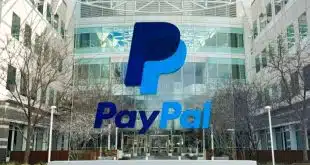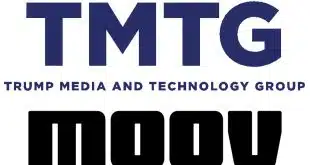A new National Retail Federation survey found that 57% of retailers that had installed EMV chip card terminals in their stores claim they’ve been waiting for up to six months or even longer to get their equipment certified.
Conducted in May and June, the survey also found that 48% of respondents had already implemented EMV payments or expected to have them up and running by the end of June. A total of 86% of the merchants said they expect to have EMV implemented by year’s end.
The Washington, D.C.-based NRF surveyed chief information officers, chief technology officers, or information-technology executives at 56 mid-size and large retailers, a spokesperson says by email. About half had annual sales of $1 billion or more.
Certifications—primarily for the software applications that manage EMV transactions—have become one of the biggest bottlenecks for merchants in being able to accept chip cards, and some are even turning to the courts for relief. A merchant can’t begin processing EMV transactions until its processors certify that its equipment and software can handle such payments according to prescribed protocols.
But merchant acquirers, third-party processors, and networks have been having a hard time keeping up with the demand for certifications created by the card networks’ EMV liability shifts that took effect Oct. 1. Citing information from accounting-software and payment-services provider Intuit Inc., the NRF says some certifications can involve hundreds of individual tests.
“Of those who had not implemented, 57% said they had already installed the card readers and other equipment but were still waiting for certification by the card industry so they could turn it on,” a post on the NRF’s Public Policy Web site says. “And 60% of those said they had been waiting for six months or longer.”
Twenty percent of the EMV-ready merchants had been waiting one to two months for certifications at the time of the survey, while 17.1% had been waiting three to four months. Some 2.9% had been waiting five to six months.
Those percentages work out to 10 merchants waiting half a year or longer among the approximately 17 ready for EMV.
The EMV rollout has been controversial since long before the liability shifts. While chip cards are less vulnerable to fraud than magnetic-stripe cards, merchants have complained about the cost of buying new point-of-sale terminals to replace old ones that read only mag-stripe cards. And issuers have had to pay for hundreds of millions of new cards. The liability shifts assign financial responsibility for counterfeit fraud to the merchant if its terminal can’t read a customer’s EMV card, whereas before issuers absorbed most such losses.
Acknowledging the certification problems, both Visa Inc. and MasterCard Inc. in June announced programs to speed up the process.
The NRF spokesperson says the survey did not ask the merchants about their chargeback volumes since the Oct. 1 liability shifts. But he adds that “we have heard anecdotally that many retailers are seeing a large increase,” and that the increase appears to be “out of proportion” to the number of chip cards in circulation.
“What we are told is that many, many more disputed charges are being automatically written off as ‘the retailer didn’t have a chip reader’ rather than following the normal procedure to investigate and see if they were fraudulent or not … we think many of these chargebacks involve mag-stripe cards, and banks are taking advantage of the new rules to get out of paying.”
The NRF says the certification delays borne out in its survey show merchants, in contrast to some banking-industry portrayals, are serious about EMV. “Retailers have done their part and it’s the card industry that’s dropped the ball,” the post says. Seventy-two percent of respondents said EMV is their top payments-related initiative this year, according to the NRF.




